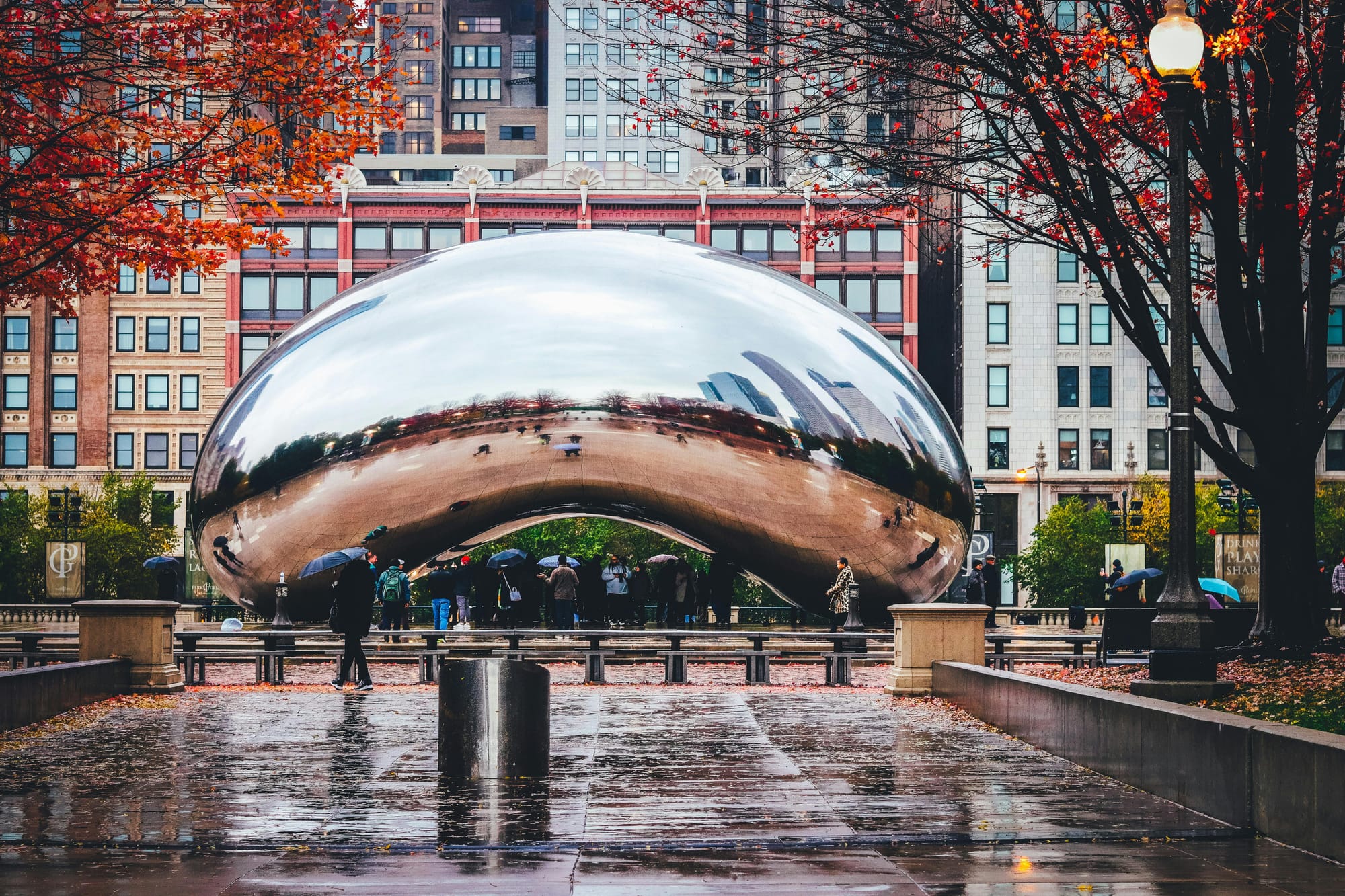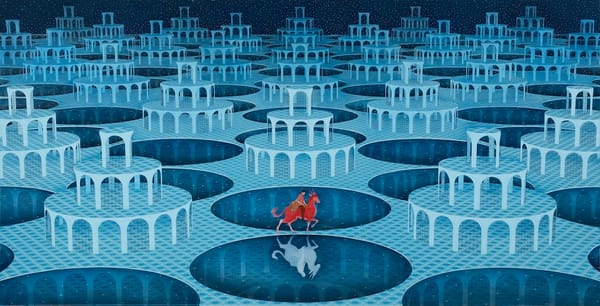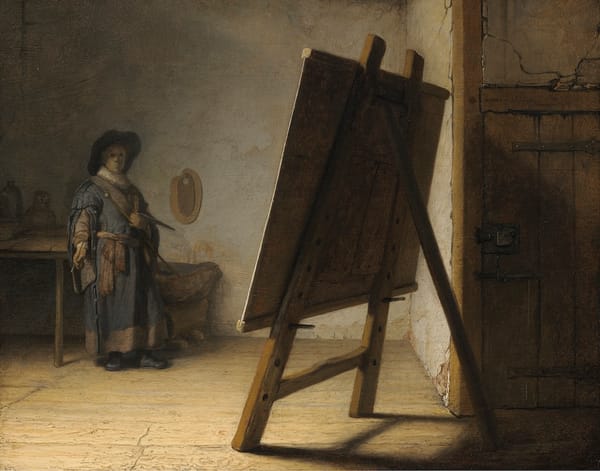Art and Architecture: A Symbiotic Relationship
Art and architecture have shared a profound connection throughout history, from ancient mosaics to modernist designs. This article explores their symbiotic relationship, highlighting how each has influenced and enriched the other, creating harmonious spaces that inspire and endure.

Architecture and visual arts have long shared a profound connection, with each influencing and enriching the other in a harmonious dance of creativity and design. From ancient civilizations to contemporary urban landscapes, this relationship has played a critical role in shaping our environments, cultures, and experiences. In this article, we'll explore the deep-rooted connections between art and architecture, examining how they have influenced each other through history and continue to evolve in the modern world.
Historical Context

Ancient Civilizations
The integration of art into architectural design can be traced back to the earliest civilizations. The Egyptians, for example, adorned their temples and tombs with intricate hieroglyphics and vivid murals depicting religious and cultural scenes. The Great Pyramids, standing as monumental architectural achievements, were also canvases for artistic expression.
Similarly, in ancient Greece, the Parthenon exemplified how architecture could be intertwined with art. The building's friezes and sculptures depicted mythological narratives, transforming a mere structure into a work of art that communicated stories and ideals to its visitors.
The Roman Empire continued this tradition by incorporating elaborate mosaics and sculptures into their architecture. The Colosseum and the Pantheon were not just engineering marvels; they were also adorned with artistic elements that reflected the grandeur and power of Rome.

Middle Ages and Renaissance
The Middle Ages saw the rise of gothic architecture, characterized by soaring cathedrals with intricate stained glass windows and detailed stone carvings. These architectural elements were not only functional but also carried significant artistic value. The stained glass of Chartres Cathedral, for example, created a kaleidoscope of colors that transformed the interior into a luminous work of art.
The Renaissance marked a pivotal moment in the symbiotic relationship between art and architecture. Artists like Michelangelo and Leonardo da Vinci were not only masters of painting and sculpture but also contributed to architectural design. Michelangelo's work on the Sistine Chapel and St. Peter's Basilica demonstrated how art and architecture could merge to create awe-inspiring spaces.
Art and Architecture in the Modern Era

The Rise of Modernism
The 20th century brought significant changes to both art and architecture, with modernist movements challenging traditional norms. Architects like Frank Lloyd Wright and Le Corbusier embraced new approaches to design that blurred the lines between art and architecture. Wright's Fallingwater, for example, integrated natural elements into the structure, creating a harmonious blend of architecture and the environment.
Le Corbusier's "machine for living" concept revolutionized modernist architecture by focusing on functionality and simplicity. Yet, his use of bold geometric shapes and the inclusion of artistic elements in his designs demonstrated that modernist architecture could still be visually striking.

The Fusion of Art and Architecture
The Bauhaus movement further solidified the connection between art and architecture. Founded by Walter Gropius, Bauhaus emphasized the integration of art, design, and architecture. Students were encouraged to experiment with materials, colours, and forms, leading to innovative architectural concepts. This approach influenced a generation of architects and artists, creating a lasting legacy of collaboration.
Contemporary Examples of Symbiosis

Iconic Buildings and Art Installations
In contemporary architecture, the fusion of art and design is more apparent than ever. The Guggenheim Museum in Bilbao, designed by Frank Gehry, is a prime example. Its flowing, organic shapes and innovative use of materials make the building itself a work of art. Inside, the museum's collection further emphasizes the relationship between architecture and visual arts.
Similarly, the Louvre Pyramid in Paris, designed by I. M. Pei, combines modern architectural design with the historical context of the Louvre Museum. The transparent pyramid serves as a bold artistic statement, while also functioning as an entrance to the museum's extensive art collection.

Architecture as Art
Some contemporary architects view their work as a form of visual art. Zaha Hadid's futuristic designs challenge conventional architectural norms, creating structures that are as much art installations as they are buildings. Her curvilinear designs and dynamic forms transform urban landscapes, providing a new perspective on architecture.
Santiago Calatrava's work often incorporates elements of sculpture into his architectural designs. His bridges and buildings feature flowing lines and organic shapes, demonstrating the artistic possibilities of structural engineering.

Public Art in Urban Spaces
Public art installations are transforming urban landscapes, creating vibrant and engaging spaces. These installations often merge seamlessly with architectural design, fostering a sense of community and encouraging interaction. An example is Chicago's "Cloud Gate," designed by Anish Kapoor, which has become an iconic landmark in Millennium Park. The reflective surface and fluid shape of "Cloud Gate" invite visitors to engage with the sculpture and its surroundings, blurring the boundaries between art and architecture.
Impact and Implications

The Influence of Art on Architectural Design
Artistic trends and innovations continue to shape architectural styles, driving architects to experiment with new forms and materials. As contemporary artists explore digital and interactive mediums, architects are incorporating these technologies into their designs. The use of augmented reality and immersive installations in architecture reflects this evolving influence.
The Role of Architecture in Artistic Expression
Architecture provides a canvas for artists to create and express themselves. The growing popularity of street art and murals in urban areas demonstrates how architecture can serve as a platform for artistic expression. This symbiotic relationship not only enhances the visual appeal of cities but also fosters cultural connections and community engagement.
Sustainability and Art-Driven Design
Sustainability is becoming a central theme in contemporary architecture, and art-driven design plays a significant role in this trend. Architects are using art to create environmentally conscious structures, integrating green roofs, living walls, and energy-efficient systems. These designs not only contribute to sustainability but also add aesthetic value, illustrating how art and architecture can work together for a better future.

Conclusion
The relationship between art and architecture is a dynamic and evolving one, rooted in a shared desire to create meaningful and inspiring spaces. From ancient civilizations to contemporary urban landscapes, the fusion of art and architecture has enriched our environments and cultures. As new technologies and sustainability become increasingly important, this symbiotic relationship will continue to shape the future of design. By embracing creativity and collaboration, architects and artists can work together to transform our world into a more beautiful and sustainable place.





